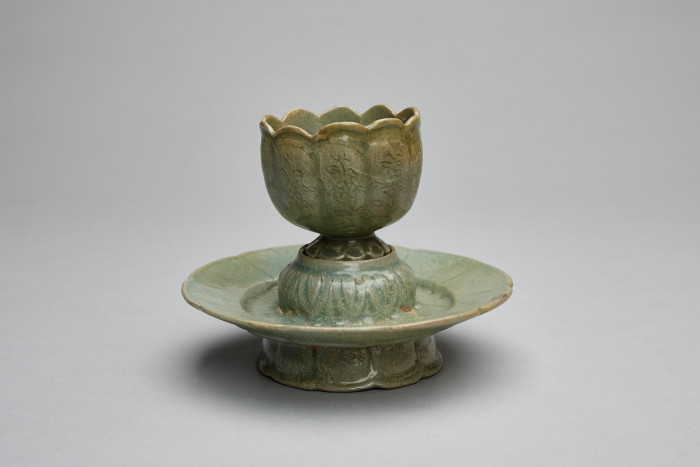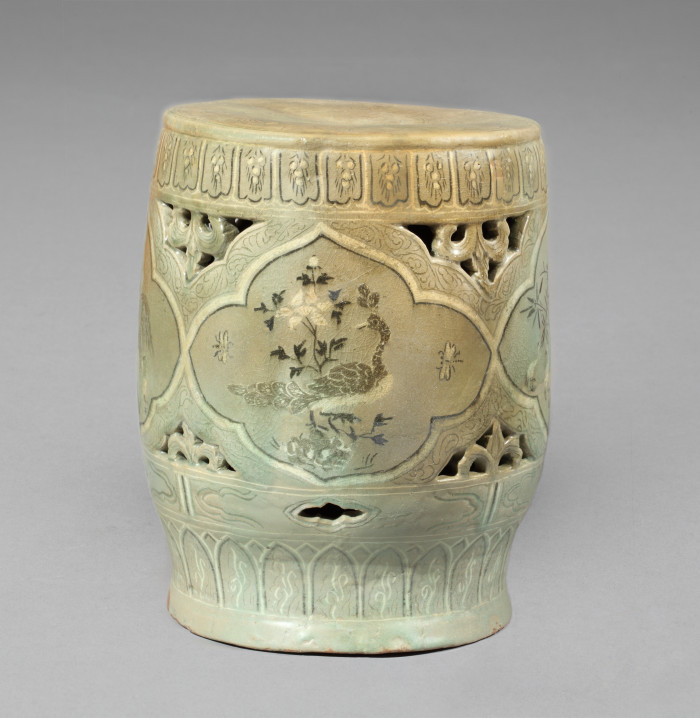경기문화재연구원
1. Gyeonggi Province in the History of Goryeo, an Answer to 1,000 Years in Our Future
In 1018 (the 9th year of King Hyeonjong’s reign), one thousand years ago, the special administrative district called “Gyeonggi” was created, connecting the capital city of Ga-gyeong and the 12 surrounding cities (gun and hyeon). It was the 100th anniversary of the nation’s establishment, as well as the year when General Gang Gam-chan drove out the Georan’s 100 thousand man army, putting an end to the 30 year war and resolving the crisis of the dynasty.
● Establishment of Gyeonggi, the Foothold of the Nation’s Restoration
Why did the government of Goryeo decide to establish the district of Gyeonggi at the 100 year mark since the birth of the nation? Gaegyeong having been taken by Georan’s army, Goryeo tried to defend by founding an administrative district to include the 12 neighboring cities. By 1029 (the 20th year of King Hyeonjong’s reign), the government built Naseong Fortress, enclosing the capital’s outskirts and completing the defense system. Also, Gyeonggi was designated as the district under the direct control of the royal family and court—helping to ensure the economic stability of the ruling class as its revenue and production were distributed to them. Leading these changes, King Hyeonjong (ruling 1009 to 1031) ended the war and reformed a variety of systems, and was applauded as a monarch of restoration. Thus, not only did the establishment of Gyeonggi influence an outward shift in the capital in Gaegyeong, but it also symbolized the revival of the dynasty.
Gyeonggi is also the origin of the noble families who led the politics of Goryeo. Kim Eun-bu from Ansan made two of his daughters the wives of King Hyeonjong, breaking the custom of intermarriage for the first time and becoming a royal relative by marriage. King Munjong, the grandson of Kim Eun-bu, took the three daughters of Lee Ja-yeon from Inju (Incheon) as his wives. Queen Inye, his first daughter, gave birth to the three succeeding kings Sunjong, Seonjong, and Sukjong, as well as the famous monk Uicheon. The Lee clan from Inju, three consecutive generations until Lee Ja-gyeom, made the most highest noble family in the early Goryeo period. The noble families including that of Lee from Inju diversified the culture of Goryeo, allowing various ideas and cultures such as Confucianism, Taoism, and Geomancy, not to mention Buddhism.
Avatamsaka-sutra / Collection of Gyeonggi Provincial Museum |
Gyeonggi was famous not only for Buddhist scriptures carved on woodblocks and lacquerware inlaid with mother-of-pearl, but also celadon. They were mainly produced according to the demand of the noble family and achieved excellence to the extent of being praised by East Asian societies including Song, Georan, and Yeojin.
a cup and saucer of celadon porcelain a chair of celadon porcelain |
Collection of Gyeonggi Provincial Museum |
Byeongnando being one of the famous docks, the ports and the ocean surrounding Gyeonggi Bay was the center for distributing the products. With its active exchanges and circulation, ‘Goryeo,’ the name by which the western countries called the nation, became the origin of the name ‘Korea’. This clearly shows the openness of the Goryeo Dynasty.
Characterized by diversification and unification of ideas and culture, openness, and the dynamism of society and politics, Goryeo bloomed and developed in Gyeonggi Province. This is the reason that the renowned cultural properties symbolizing Goryeo are so concentrated in the region. This would not have been possible without the help and support of the ruling class. Thus, Gyeonggi has its own historical status.
● A Thousand Years in the Future of Gyeonggi
In that case, how would we set the vision for the future of Gyeonggi in greeting the 1,000th anniversary of its naming? In response to the poll on Gyeonggi’s image and characteristics performed by Gyeonggi Research Center in 2015, the residents of Gyeonggi selected the phrase ‘capital area’ the most. The 31 si and gun (cities and counties) are in inseparable relation with the capital Seoul, which is a city with a bulky system of economy, transportation, medicine, and industrial production. Gyeonggi needs to set up a new vision and status for a complementary and coexisting relationship with Seoul. ‘Diversity’ is the next keyword that the residents chose: it includes the notion of the urban and agricultural complex, rich facilities for industry and tourism, etc. Combining diversity and establishing the identity of Gyeonggi would be an answer to the question raised by the first keyword.
Today, Gyeonggi Province is where the future of the Republic of Korea grows. There is a concentration of advanced technology that can be shown in the Pangyo Techno Valley, the electronic complexes of Suwon and Paju, and the semiconductor industry of Icheon; and there is a great logistic system including the airline and harbor facilities. The upcoming 1,000 years of the future depend on the systematic planning for the district as a center for cutting-edge converging technology, keeping ties with the history of Goryeo from 1,000 years before. / ◎ Park Jong-gi (Professor Emeritus of Kookmin University)
<ggc의 모든 콘텐츠는 저작권법의 보호를 받습니다.>
- 글쓴이
- 경기문화재연구원
- 자기소개
- 경기도 문화유산의 가치 발견, 경기문화재연구원


